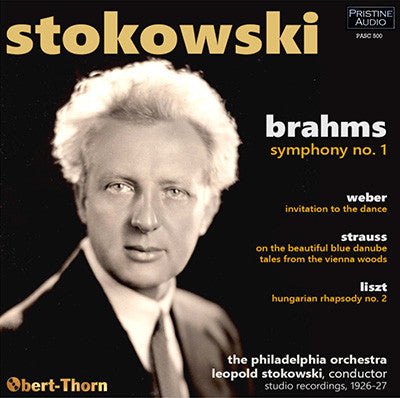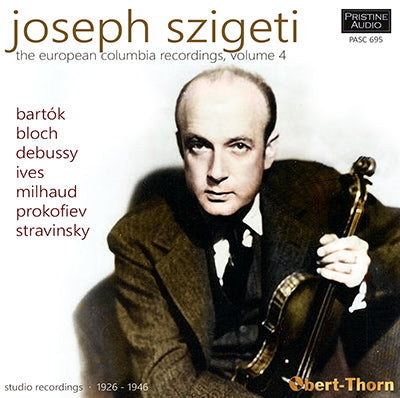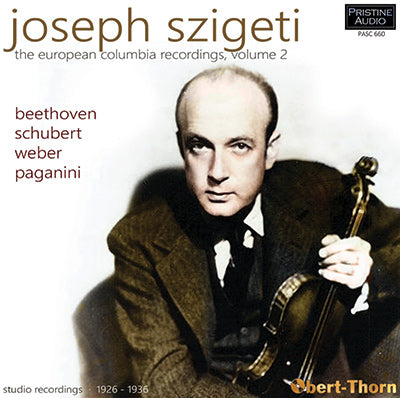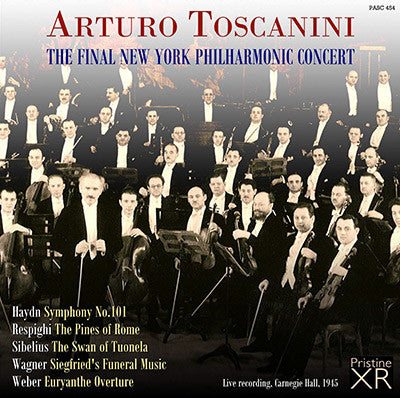Weber
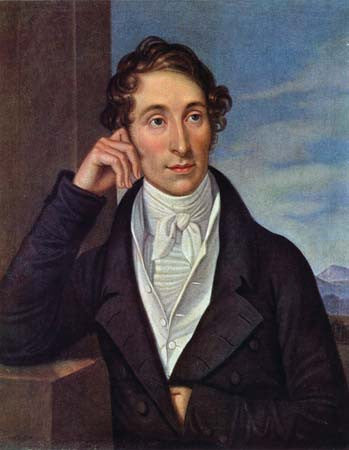
Weber's operas Der Freischütz, Euryanthe and Oberon greatly influenced the development of the Romantische Oper (Romantic opera) in Germany. Der Freischütz came to be regarded as the first German "nationalist" opera, Euryanthe developed the Leitmotif technique to an unprecedented degree, while Oberon may have influenced Mendelssohn's music for A Midsummer Night's Dream and, at the same time, revealed Weber's lifelong interest in the music of non-Western cultures. This interest was first manifested in Weber's incidental music for Schiller's translation of Gozzi's Turandot, for which he used a Chinese melody, making him the first Western composer to use an Asian tune that was not of the pseudo-Turkish kind popularized by Mozart and others.
A brilliant pianist himself, Weber composed four sonatas, two concertos and the Konzertstück in F minor (concert piece), which influenced composers such as Chopin, Liszt and Mendelssohn. The Konzertstück provided a new model for the one-movement concerto in several contrasting sections (such as Liszt's, who often played the work), and was acknowledged by Stravinsky as the model for his Capriccio for Piano and Orchestra. Weber's shorter piano pieces, such as the Invitation to the Dance, were later orchestrated by Berlioz, while his Polacca Brillante was later set for piano and orchestra by Liszt.
Weber's compositions for clarinet, bassoon, and horn occupy an important place in the musical repertoire. His compositions for the clarinet, which include two concertos, a concertino, a quintet, a duo concertante, and variations on a theme from his opera Silvana, are regularly performed today. His Concertino for Horn and Orchestra requires the performer to simultaneously produce two notes by humming while playing—a technique known as "multiphonics". His bassoon concerto and the Andante e Rondo ungarese (a reworking of a piece originally for viola and orchestra) are also popular with bassoonists.
Weber's contribution to vocal and choral music is also significant. His body of Catholic religious music was highly popular in 19th-century Germany, and he composed one of the earliest song cycles, Die Temperamente beim Verluste der Geliebten ([Four] Temperaments on the Loss of a Lover). Weber was also notable as one of the first conductors to conduct without a piano or violin.
Weber's orchestration has also been highly praised and emulated by later generations of composers – Berlioz referred to him several times in his Treatise on Instrumentation while Debussy remarked that the sound of the Weber orchestra was obtained through the scrutiny of the soul of each instrument.
His operas influenced the work of later opera composers, especially in Germany, such as Marschner, Meyerbeer and Wagner, as well as several nationalist 19th-century composers such as Glinka. Homage has been paid to Weber by 20th-century composers such as Debussy, Stravinsky, Mahler (who completed Weber's unfinished comic opera Die drei Pintos and made revisions of Euryanthe and Oberon) and Hindemith (composer of the popular Symphonic Metamorphosis of Themes by Carl Maria von Weber).
Weber also wrote music journalism and was interested in folksong, and learned lithography to engrave his own works.

Weber
Weber's operas Der Freischütz, Euryanthe and Oberon greatly influenced the development of the Romantische Oper (Romantic opera) in Germany. Der Freischütz came to be regarded as the first German "nationalist" opera, Euryanthe developed ...
BRAHMS Symphony No. 1
WEBER Invitation to the Dance
J STRAUSS II On The Beautiful Blue Danube
J STRAUSS II Tales from the Vienna Woods
LISZT Hungarian Rhapsody No. 2
Recorded 1926-27
Total duration: 70:01
The Philadelphia Orchestra
conducted by Leopold Stokowski
BRAHMS Symphony No. 1
BRAHMS Symphony No. 2
BRAHMS Symphony No. 3
BRAHMS Symphony No. 4
DVOŘÁK Symphony No. 9, “From the New World”
LISZT Hungarian Rhapsody No. 2
J STRAUSS II On The Beautiful Blue Danube
J STRAUSS II Tales from the Vienna Woods
WEBER Invitation to the Dance
Victor studio recordings, 1926-1933
The Philadelphia Orchestra
conducted by Leopold Stokowski
BACH Violin Sonatas 1 & 2
BACH Concerto for Two Violins
HANDEL Violin Sonata No. 4
TARTINI Violin Sonata in G
TARTINI Violin Concerto in D minor
MOZART Violin Sonata No. 21
MOZART Violin Concerto No. 4
short works by BACH, EXAUDET, TARTINI, VERACINI
BEETHOVEN Violin Concerto
WEBER Violin Sonata No. 3
PAGANINI Caprices
SCHUBERT Rondo
MENDELSSOHN Violin Concerto
BRAHMS Violin Concerto
BRAHMS Violin Sonata No. 3
Music by Berlioz, Hubay, Elgar, Kreisler, Dvořák, Chabrier, Rimsky-Korsakov, Falla
WARLOCK Capriol Suite
PROKOFIEV Violin Concerto
BARTÓK Hungarian Folk Tunes
BARTÓK Romanian Folk Dances
IVES Violin Sonata No. 4
BLOCH Violin Concerto
music by Debussy, Ravel, Milhaud, Lie, Szymanowski, Scriabin, Stravinsky
BEETHOVEN Violin Concerto
WEBER Violin Sonata No. 3
PAGANINI Caprices
SCHUBERT Rondo
Studio recordings, 1926-1936
Total duration: 74:23
Joseph Szigeti, violin
Kurt Ruhrseitz, piano
Nikita Magaloff, piano
British Symphony Orchestra
conducted by Bruno Walter
HAYDN Symphony No.101
RESPIGHI The Pines of Rome
SIBELIUS The Swan of Tuonela
WAGNER Siegfried's Funeral Music
WEBER Euryanthe Overture
Live recording, Carnegie Hall, 1945
Total duration: 79:53
Philharmonic Symphony Orchestra of New York
MOZART Divertimento No. 15
MOZART Piano Concerto No. 20
MOZART Symphony No. 40
WEBER Oberon - Overture
HAYDN Symphony No. 92 ‘Oxford’
BRAHMS Symphony No. 1
Live broadcast recordings, 1939
Total duration: 2hr 37:06
Bruno Walter, piano
NBC Symphony Orchestra
conducted by Bruno Walter

